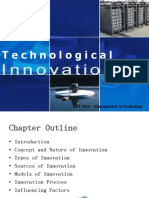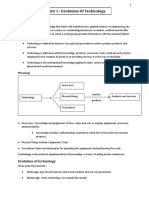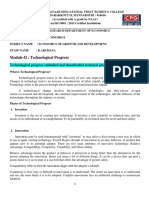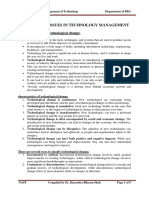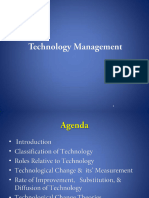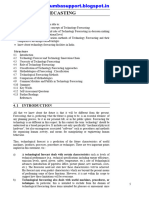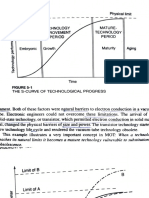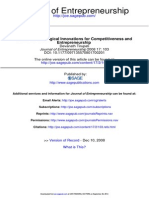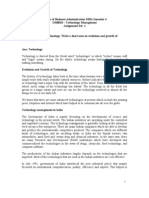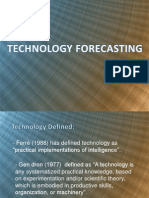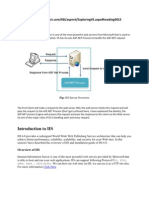0% found this document useful (0 votes)
18 views28 pagesLecture 3
The document discusses the process of technological innovation, highlighting the distinction between invention and innovation, and outlining the eight stages of technological innovation from basic research to technology enhancement. It also addresses the challenges and drawbacks of technology, particularly in developing countries, including social disparity and employment shifts due to technological advancements. Additionally, it emphasizes the importance of entrepreneurship and the need for a balanced management approach to foster innovation while addressing the socio-economic impacts of technology.
Uploaded by
bcolombo741Copyright
© © All Rights Reserved
We take content rights seriously. If you suspect this is your content, claim it here.
Available Formats
Download as PDF, TXT or read online on Scribd
0% found this document useful (0 votes)
18 views28 pagesLecture 3
The document discusses the process of technological innovation, highlighting the distinction between invention and innovation, and outlining the eight stages of technological innovation from basic research to technology enhancement. It also addresses the challenges and drawbacks of technology, particularly in developing countries, including social disparity and employment shifts due to technological advancements. Additionally, it emphasizes the importance of entrepreneurship and the need for a balanced management approach to foster innovation while addressing the socio-economic impacts of technology.
Uploaded by
bcolombo741Copyright
© © All Rights Reserved
We take content rights seriously. If you suspect this is your content, claim it here.
Available Formats
Download as PDF, TXT or read online on Scribd
/ 28




